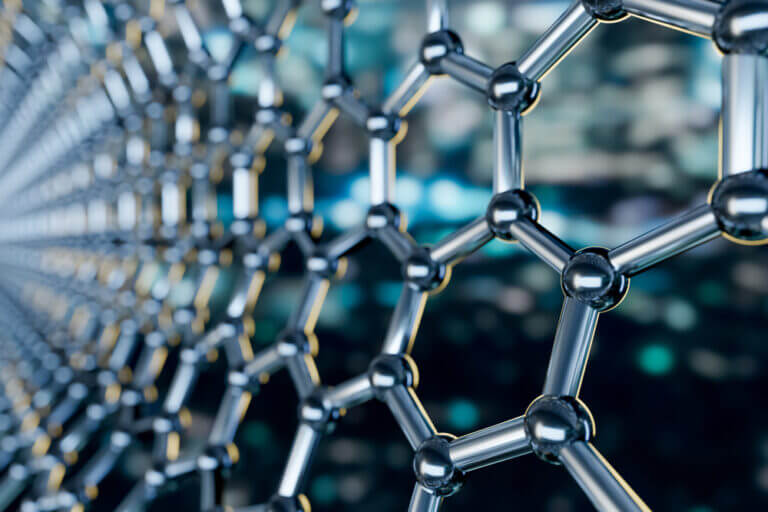By: Inspenet, November 9, 2022
Researchers at the Swiss Federal Institute of Technology in Zurich (ETH Zurich) have fabricated a superconducting quantum interference device (SQUID) for the first time. This first superconducting component made from twisted graphene bilayers, in which the two atomic layers rotate slightly relative to each other, is quantum coherent and sensitive to magnetic fields.
With this they demonstrated the interference of superconducting quasiparticles, which opens up interesting perspectives for fundamental research, they reported last Thursday.





SQUID’s sensitive sensors are capable of measuring even the smallest changes in magnetic fields and have applications in medicine, geology and archaeology. SQUIDs can hold quantum bits (qubits) needed to perform quantum operations, so they are to superconductivity what transistors are to semiconductor technology. “The fundamental building blocks for more complex circuits,” explains Klaus Ensslin at the Laboratory for Solid State Physics at ETH Zurich.
Although graphene devices do not represent a breakthrough for conventional SQUID technology, as they are no more sensitive than their aluminum counterparts and still need to be ultra-cooled, they do significantly broaden the spectrum of graphene applications. “Five years ago we were already able to show that graphene could be used to build single-electron transistors. Now we have added superconductivity,” Ensslin said.
Source Actualidad RT : https://actualidad.rt.com/actualidad/447218-construir-grafeno-disposicion-cuantico-sensible-campo-magn %C3% A9tico
Photo: ShutterStock
Don’t miss the Inspenet News at: https://inspenet.com/inspenet-tv/













